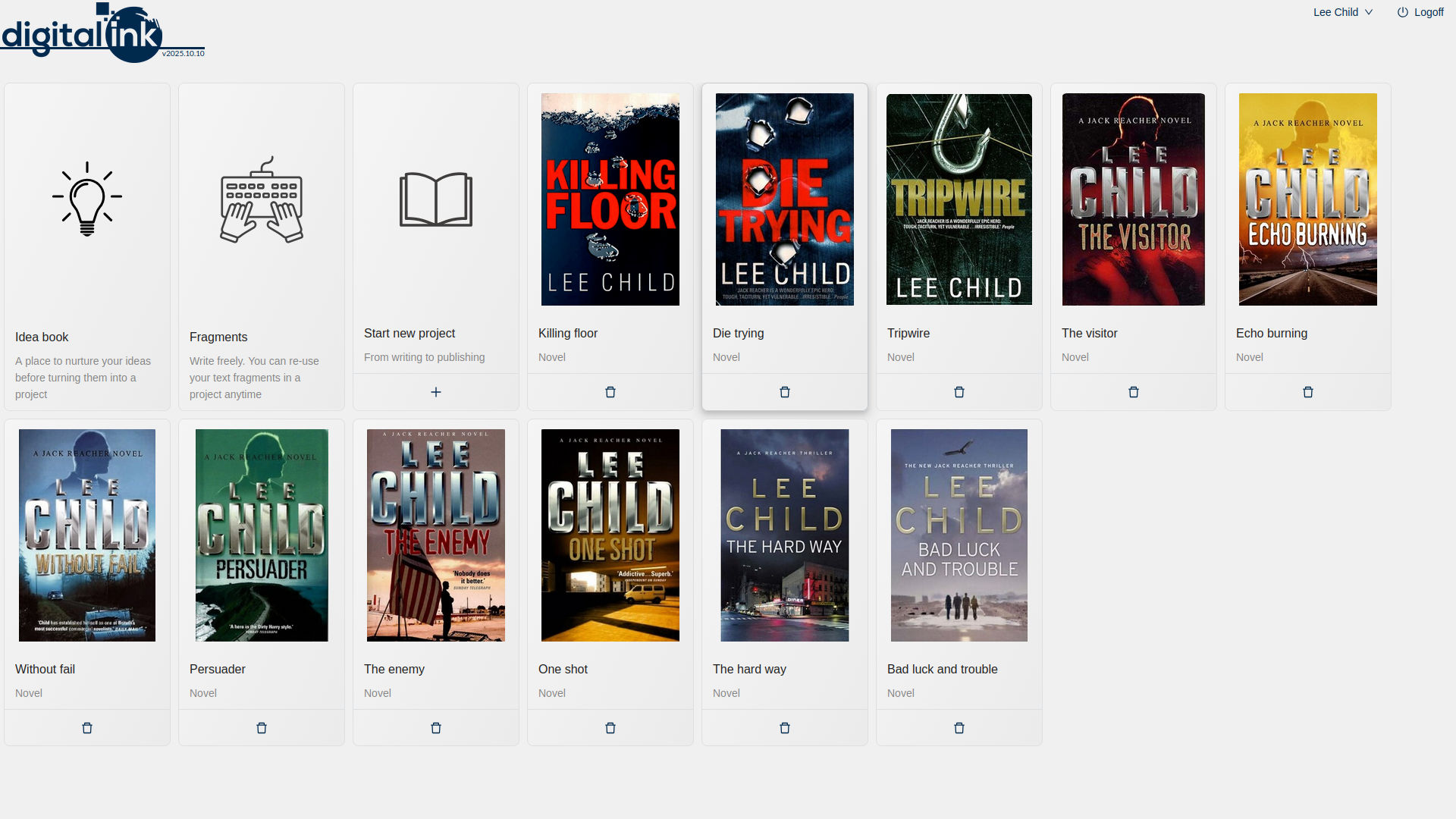A book is judged by it's cover
When you are writing your book, at some point, you may start thinking about publication and attracting an audience. Let’s assume that you have reached that point and that you will choose self publication. Then realize that the cover, back and front, is one of the strongest marketing instruments that you control to convince people to read your book. The cover artwork should raise interest and set readers expectations. The back should conclude the deal. The good people from Reedsy have a nice article to proof the importance of a good cover.
Creating a book cover will cost you time and probably some out-of-pocket expenses. How much money you’ll have to pay may range from nothing to perhaps around 2,000 USD. But on average, expect to pay something between 200 – 500 USD, depending on your choices. But what are your choices?
Do it yourself (with a little help from your (AI) friends)
When you are capable of expressing yourself visually very well, you may consider doing the cover yourself. Especially when you have a near zero spending budget. Or maybe you have a good friend or a family member with the necessary skill set, you can ask them for help. Or you can turn to a generative AI program to generate the cover with you.
Either way, you have to decide the most important themes and elements from your story that you want to appear on the front cover. Take into account the genre and conventions in your country. Decide what graphic style you want to use. Apply colour, font choices and text layout to your art work to create an appealing book cover.
If you have the time and interest, you may give it a try. And if you don’t seem to get it right yourself, you might want to try one of the other options mentioned below.
Premades
Premades are book covers that are made without a specific book in mind. They are usually targeted at a genre and when you purchase a premade, the title and author name are filled in for you in the files you receive. Make sure that the premade is sold only once, so your cover is unique.
When you go down this road, you will spend most of your time on the internet, scrolling down pages of premades to find the one that you like for your cover. It may be the one you like the best, or it may be the one you dislike the least. I think you must have some luck to find a premade that really fits your story. But it is often a lot cheaper than hiring a professional designer.
Professional designer
The benefit of a professional designer is that they are trained in understanding the psychological implications that colour, typography, layout, style etc. have on the perception of your reader. He or she also knows about the dos and don’ts for your genre. Hiring a professional takes away most of your worries.
You can ask fellow writers who they’ve used for their book cover, or you can go to one of the internet marketplaces for cover designers. As an example, I mention 99designs, designcrowd, upwork and fiverr.
Most of these sites have an online intake procedure, where you can explain what you want. Often a designer offers a fixed price. Do check the number of revisions you are allowed to make for that fixed price.
When to start with your cover
For fiction, I think it’s best to wait with your cover, till your book is ready to publish. Things can still change significantly between your first draft and the final publication version, changes that could influence the choices for your cover. However, for non-fiction, this may apply less.
Like a working title for your book, you can also work with a preliminary cover design. In digital-ink.app, you can add a cover image to your story that makes it standout in the dashboard. This may also give you a boost when you continue writing on your story. In the screenshot below, you can see how a dashboard may have looked, if e.g. Lee Child used digital-ink.app to write his thrillers (not that he did).

Evaluate
When you have (your first draft of) a finished cover, carefully evaluate it. Look at it through the eyes of your reader and ask yourself these questions: what genre would he think this book is in, what story would he expect, based on the cover, would it appeal to him, why? Would he think the cover stands out from the crowd? You can also ask your friends these questions. It will tell you if the cover fits your story.
Don’t be afraid to make (or ask for) revisions after evaluation. After all, you are also not publishing the first draft version of your book, right? And as a final note: make sure that you have full copyright over the art work of your book cover.
See you at the next post, and until then: happy writing.
